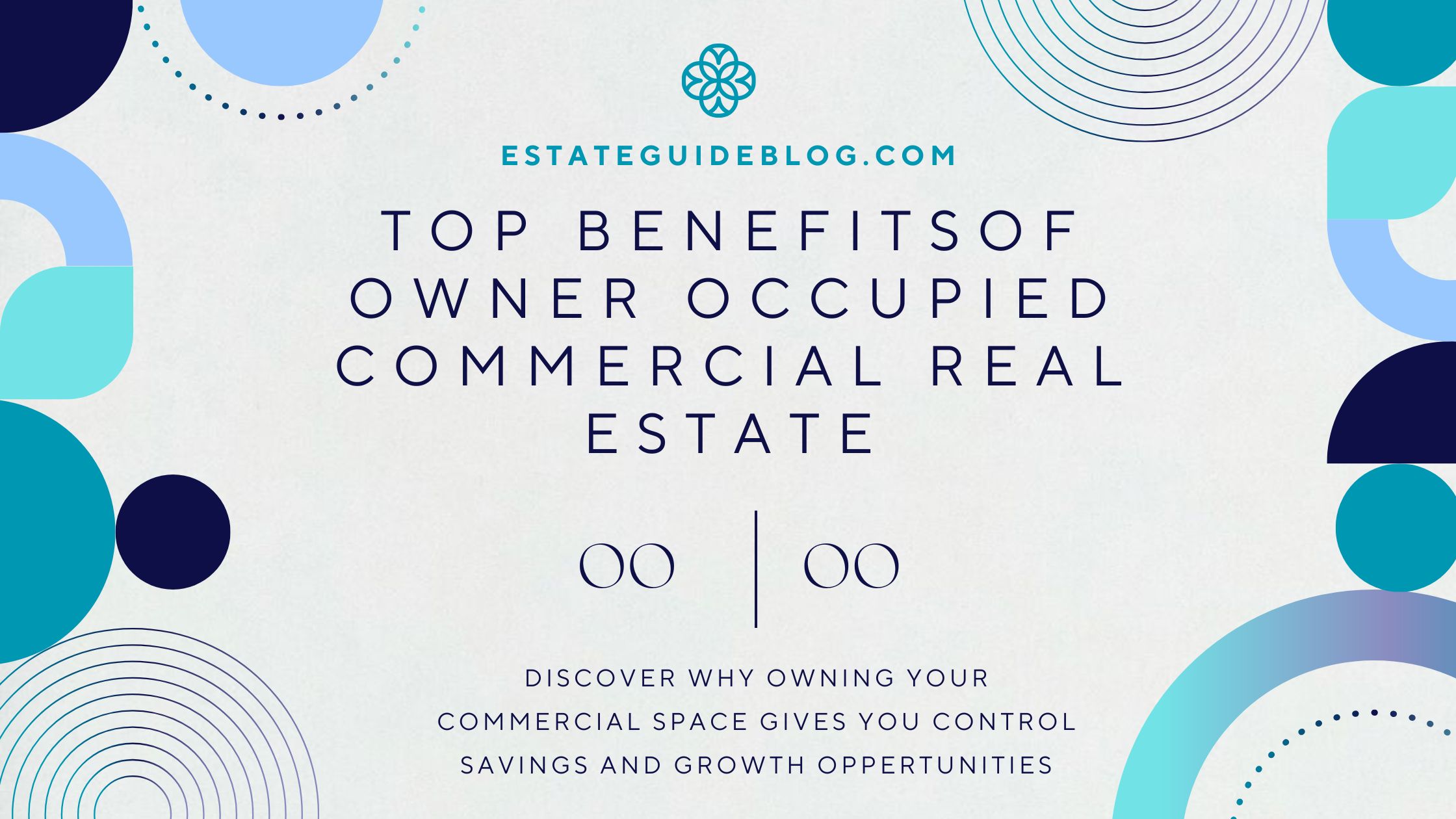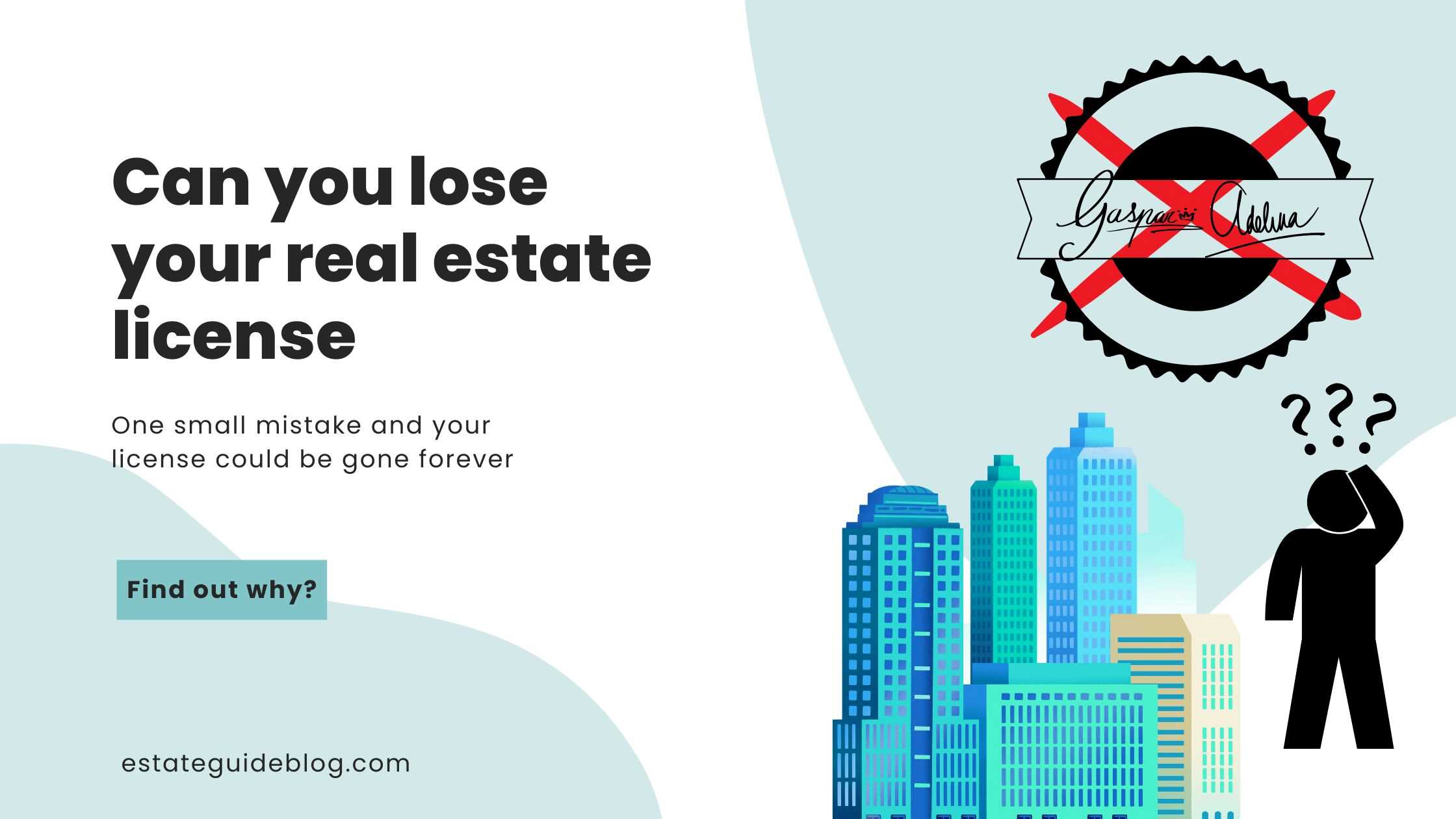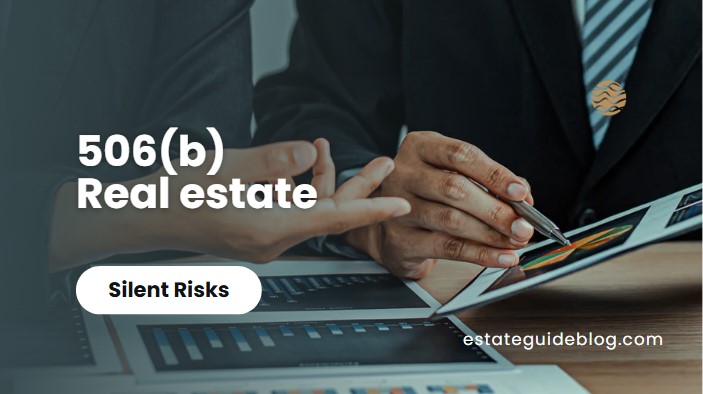Top Benefits of Owner Occupied Commercial Real Estate
Explore the financial, tax, and control advantages of owning your commercial space. Learn why business owners are investing in owner occupied real estate.

Admin
July 14, 2025

Introduction
In today’s competitive business environment, owning your commercial property isn’t just a luxury it’s a strategic advantage. As interest rates stabilize and leasing costs continue to climb, many savvy entrepreneurs and investors are turning toward owner occupied commercial real estate as a long term wealth building solution.
Advertisement
In-Content Ad
Blog Detail - After Two Paragraphs
High Engagement Zone
This article explores the top benefits of owner-occupied CRE, backed by expert insights, tax advantages, and market data all written with Google’s 2025 algorithm updates and EEAT principles in mind.
What is Owner Occupied Commercial Real Estate?
Owner-occupied commercial real estate (OO-CRE) refers to a property where the owner operates their own business. Examples include a dentist owning their clinic building, a manufacturer occupying their warehouse, or a tech startup operating from a self-owned office space.
Per the SBA and NAIOP (Commercial Real Estate Development Association), at least 51% of the building must be used by the owner’s business to qualify as owner-occupied.
Key Benefits of Owner Occupied Commercial Real Estate
1. Long-Term Control Over Your Space
Owning the building gives you complete autonomy over renovations, branding, signage, and layout. No more landlord restrictions, surprise lease renewals, or rental increases. This consistency improves operational planning and strengthens your business identity.
Pro Tip: Zoning control and customization flexibility are critical for medical, industrial, or retail businesses.
2. Equity Growth and Forced Appreciation
Every mortgage payment builds equity a valuable business asset that strengthens your balance sheet. In contrast to leasing, where rent is a sunk cost, owning allows you to benefit from market appreciation and forced appreciation through property upgrades.
Example: A law firm that invested $500,000 in a downtown space in 2016 saw the property value grow to $1.1M by 2024 a 120% return, excluding rental savings.
3. Major Tax Advantages
Owner occupied properties qualify for substantial tax benefits, including:
Depreciation deductions
Mortgage interest deductions
1031 exchanges (on partial leases or sales)
SBA 504 loan interest deductions
IRS Tip: You can depreciate the building over 39 years, often saving tens of thousands annually.
4. Hedge Against Inflation
In 2025, with inflation hovering around 3.5%, fixed-rate commercial mortgages provide stability. Lease rates typically rise with inflation, but owners can lock in costs making OO-CRE a smart inflation hedge.
5. Access to SBA 504 and 7(a) Financing
The SBA 504 loan program offers long term, low-interest financing (as low as 6.25% in 2025) with just 10% down for owner occupied properties. It’s an ideal entry point for small businesses seeking to stop renting.
6. Rent-Free Retirement Option
Once the mortgage is paid off, your business enjoys rent free operations. Alternatively, you can lease the space to another business post retirement creating passive income.
7. Multiple Exit Strategies
With owner-occupied CRE, you’re not just buying space you’re gaining flexibility. Common exit options include:
Sell and lease back
Refinance for cash out
Lease to tenants
Convert to investment property
8. Strengthened Brand and Business Stability
Advertisement
Mid-Article Ad
Blog Detail - Middle of Content
Maximum Visibility
A permanent location enhances customer trust and brand consistency. For industries like healthcare or professional services, having a long term address builds client confidence.
9. Customization and Capital Improvements
Unlike leased space, you can modify or expand your property to suit business needs. From energy efficient upgrades to layout adjustments, you invest in your own asset, not someone else’s.
10. Enhanced Business Valuation
Owner occupied properties often increase overall business valuation, especially during acquisition or funding. Lenders and buyers see asset ownership as a sign of long term stability and financial strength.
FAQs
1. What qualifies a property as owner-occupied commercial real estate?
To be classified as owner occupied, at least 51% of the usable space must be occupied by the owner’s business. This is a common requirement by lenders, especially SBA-backed loans, to distinguish between investment and operational properties.
2. Is owner-occupied real estate a good investment?
Yes. It builds equity, offers tax benefits, and protects your business from rent increases. Many business owners find it one of the most profitable long-term decisions especially when real estate values appreciate.
3. What are the tax benefits of owner occupied properties?
Key tax advantages include depreciation, mortgage interest deductions, and capital gains deferrals through 1031 exchanges. The IRS allows you to depreciate the property over 39 years, reducing your taxable income.
4. How does SBA 504 financing help with owner occupied purchases?
The SBA 504 loan enables small businesses to purchase commercial real estate with just 10% down, competitive fixed rates, and 20-25 year terms. It’s specifically designed for owner occupied properties.
5. Can you lease part of an owner occupied building?
Yes. As long as the business occupies 51% or more, you can lease the remaining space. This creates an additional income stream and can offset your mortgage payments.
6. What are the risks of buying your own commercial property?
Risks include property management responsibilities, market fluctuations, and upfront capital. However, with proper due diligence and strategic planning, these risks are often outweighed by long-term gains.
7. Does owning commercial property help with business valuation?
Absolutely. Lenders and buyers often consider real estate ownership as a strong financial indicator. It improves your balance sheet and adds a tangible asset that increases business worth.
8. How do interest rates affect owner-occupied purchases?
Fixed-rate loans can shield you from rising rates. In 2025, with moderate inflation, locking in a favorable rate ensures predictability in your monthly payments, unlike lease rates which often escalate.
9. Can you refinance an owner-occupied commercial building?
Yes. Refinancing can lower interest rates, extract equity, or fund expansion. Most lenders offer refinancing products tailored to owner-occupied properties after 12-24 months of stable operations.
10. What industries benefit most from owner-occupied spaces?
Industries like healthcare, law, accounting, manufacturing, and logistics benefit significantly due to long term operational needs, high equipment investment, and the importance of location permanence.
Conclusion: Is Owner Occupied CRE Right for You?
If your business is growing and you seek long-term financial control, tax benefits, and equity building, owner-occupied commercial real estate may be your smartest move. It’s more than owning a space it’s investing in your future, brand, and financial independence.
Advertisement
Before Last 2 Tags
Blog Detail - Before Last 2 Tags in Description
Final Engagement Point

About Admin
Related Articles

Best Bag for Real Estate Agent 2025
Real estate agents need bags that blend style, function, and comfort. Discover the 2025 picks that keep you organized and professional all day.

Admin
Aug 26, 2025

Can You Lose Your Real Estate License? Expert Guide
Discover the real reasons agents lose real estate licenses. Avoid costly mistakes with expert insights and real-world examples.

Admin
Aug 19, 2025

506(b) Real Estate: SEC Rules & Benefits Explained
Learn what 506(b) real estate means, its SEC rules, benefits, and investor requirements in this expert guide for 2025 property syndications.

Admin
Aug 15, 2025